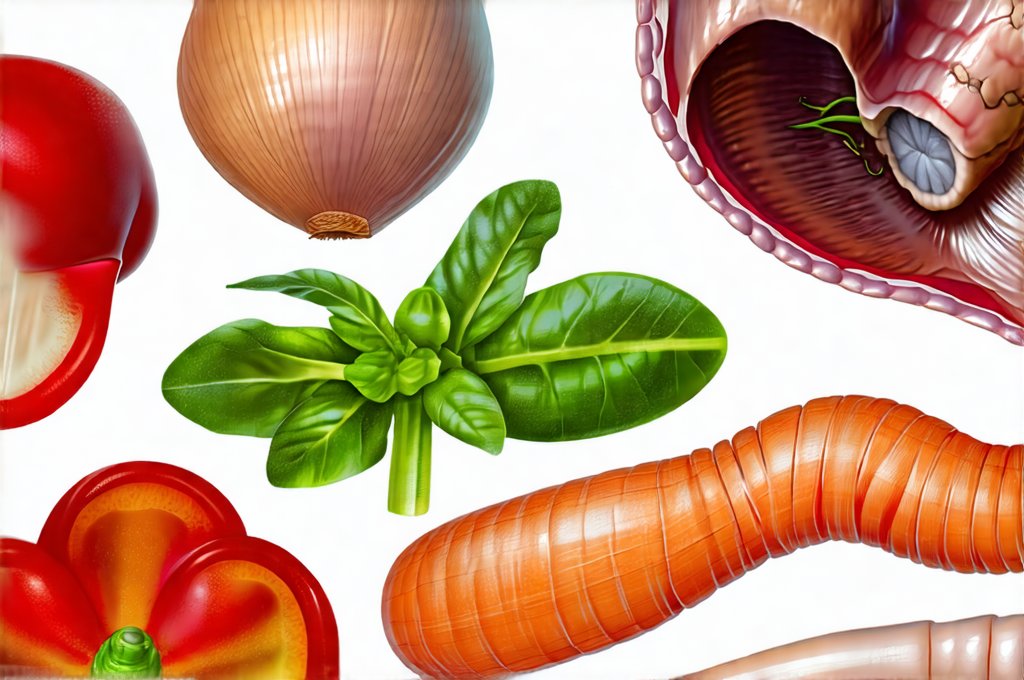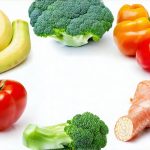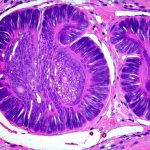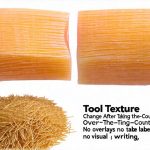Diverticulitis, an inflammation or infection of small pouches called diverticula that can form in the lining of your digestive tract, often leads individuals to seek dietary adjustments for symptom management. While historically a strict low-fiber diet was recommended during acute flare-ups, current understanding leans towards a more nuanced approach, recognizing the importance of long-term fiber intake for overall gut health and prevention. A low-residue diet—distinct from simply “low-fiber”—is often suggested during flares to reduce stool bulk and ease bowel stress, but it’s crucial to understand what constitutes a low-residue diet, how it differs from other dietary restrictions, and how to transition back to a more inclusive eating pattern once symptoms subside. This isn’t about eliminating entire food groups permanently; it’s about strategically modifying your intake during periods of acute discomfort to allow the digestive system to rest and heal.
The goal of a low-residue diet is not necessarily about avoiding fiber altogether, but rather minimizing indigestible material that remains in the colon after digestion. This residue stimulates bowel movements, which can exacerbate pain and inflammation when diverticula are irritated. Understanding this distinction is key; many people mistakenly equate “low-residue” with “low-fiber”, leading to unnecessary long-term restrictions that could actually worsen gut health over time. A carefully planned low-residue diet focuses on foods that are easily digested and leave minimal undigested matter in the colon, providing relief during acute episodes while minimizing disruption to overall nutritional intake. It’s important to remember this is typically a short-term strategy—a bridge to restoring a more balanced, fiber-rich diet once inflammation has decreased. If you struggle with lingering discomfort, it may be time to explore nausea solutions.
Understanding Low-Residue vs. Low-Fiber Diets
The confusion between low-residue and low-fiber diets stems from the overlapping nature of many food choices. However, it’s essential to grasp their fundamental differences. A low-fiber diet focuses on reducing the actual fiber content in foods—the part of plant material that our bodies can’t digest. This means limiting whole grains, raw fruits and vegetables, legumes, and nuts. A low-residue diet, on the other hand, considers not just fiber but also other factors like fat content and how food is processed. For example, well-cooked vegetables with skins removed are lower in residue than raw vegetables, even if their fiber content is similar. Similarly, lean meats are low-residue because they’re easily digested, while high-fat meats can increase bowel stimulation due to the digestive process.
Consider dairy products: a glass of lactose-free milk might be acceptable on a low-residue diet even though it contains some natural sugars (lactose), as it doesn’t contribute significantly to undigested bulk in the colon. Conversely, a large serving of bran cereal is high in fiber and residue, making it unsuitable during an acute flare-up. This difference highlights why consulting with a registered dietitian or healthcare professional is crucial—they can help you tailor your diet to your specific needs and ensure you’re meeting your nutritional requirements while minimizing digestive distress. It’s also important to note that the duration of a low-residue diet should be determined by your doctor; prolonged restriction can negatively impact gut microbiome diversity. To learn more about restoring balance, consider trigger foods.
Foods to Include During a Low-Residue Diet
Successfully navigating a low-residue diet requires knowing which foods are generally well-tolerated and which ones to avoid or limit. The foundation of this diet includes easily digestible carbohydrates, lean proteins, and limited amounts of low-fiber fruits and vegetables. White rice, refined pasta (like macaroni), potatoes without skin, and cream of wheat are good carbohydrate choices. Lean protein sources like poultry (skinless), fish, eggs, and tofu provide essential nutrients without adding excessive bulk to the digestive system. Dairy products, if tolerated, can be included in moderate amounts, preferably lactose-free options to minimize gas and bloating.
Fruits and vegetables should be chosen carefully. Well-cooked fruits without skin or seeds – such as applesauce, canned peaches (in juice), and banana—are generally acceptable in small quantities. Similarly, well-cooked vegetables like carrots, green beans, and potatoes (peeled) are preferred over raw or fibrous options. Broths and clear soups provide hydration and electrolytes without adding residue. Crucially, it’s about portion control; even low-residue foods can cause discomfort if consumed in large amounts. Staying hydrated is also vital – water helps to soften stools and ease bowel movements, but avoid beverages that are known to stimulate the gut, such as caffeinated drinks or excessive amounts of juice. If you’re planning travel, be sure to review sensitive gut packing tips.
Navigating Specific Food Groups
The specifics of a low-residue diet often require careful consideration within each food group.
- Grains: Opt for refined grains over whole grains. White bread, white rice, pasta made from white flour, and cream of wheat are generally well-tolerated. Avoid whole wheat bread, brown rice, oatmeal, and granola. The goal is to minimize the undigestible fiber content that can irritate the colon.
- Fruits & Vegetables: Focus on cooked fruits without skin or seeds (applesauce, canned peaches) and well-cooked vegetables like carrots, green beans, and potatoes (peeled). Avoid raw fruits and vegetables, especially those with skins, seeds, or fibrous textures (broccoli, cabbage, berries). Steaming or boiling are preferred cooking methods to soften the fibers.
- Proteins: Lean proteins are best. Skinless poultry, fish, eggs, and tofu provide essential nutrients without adding bulk. Limit red meat and processed meats due to their higher fat content which can stimulate bowel movements. Avoid beans, lentils, and other legumes, as they’re high in fiber and residue.
Returning to a More Inclusive Diet
The transition back from a low-residue diet should be gradual and guided by your symptoms. Don’t rush the process; adding too much fiber too quickly can trigger a flare-up. Start with small amounts of easily digestible fiber sources, like oatmeal or cooked carrots, and monitor your body’s response. Slowly introduce other foods back into your diet over several weeks, paying attention to any signs of discomfort – bloating, pain, changes in bowel habits – and adjusting accordingly. This process is highly individual; what works for one person may not work for another. A medical evaluation can help determine the best course of action.
Long-Term Dietary Strategies
While a low-residue diet provides temporary relief during flares, it’s not intended as a long-term solution. In fact, consistently restricting fiber can lead to imbalances in the gut microbiome and potentially increase the risk of future diverticulitis episodes. A sustainable dietary approach for managing diverticular disease focuses on incorporating adequate fiber into your regular diet between flare-ups. This helps maintain healthy bowel regularity, reduces pressure within the colon, and supports overall digestive health. Aim for a balanced diet rich in fruits, vegetables, whole grains, and lean proteins – but always listen to your body and adjust intake based on individual tolerance levels. Regular exercise and staying well-hydrated are also crucial components of long-term management. For assistance with dietary changes, gut-friendly diets can be a great starting point. And remember that post-recovery nutrition is key for regaining strength and wellness.


















